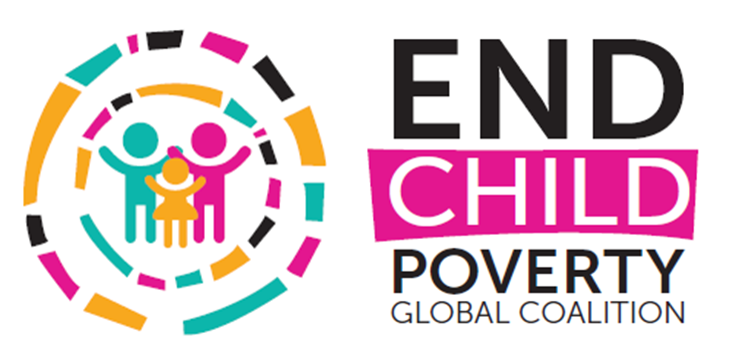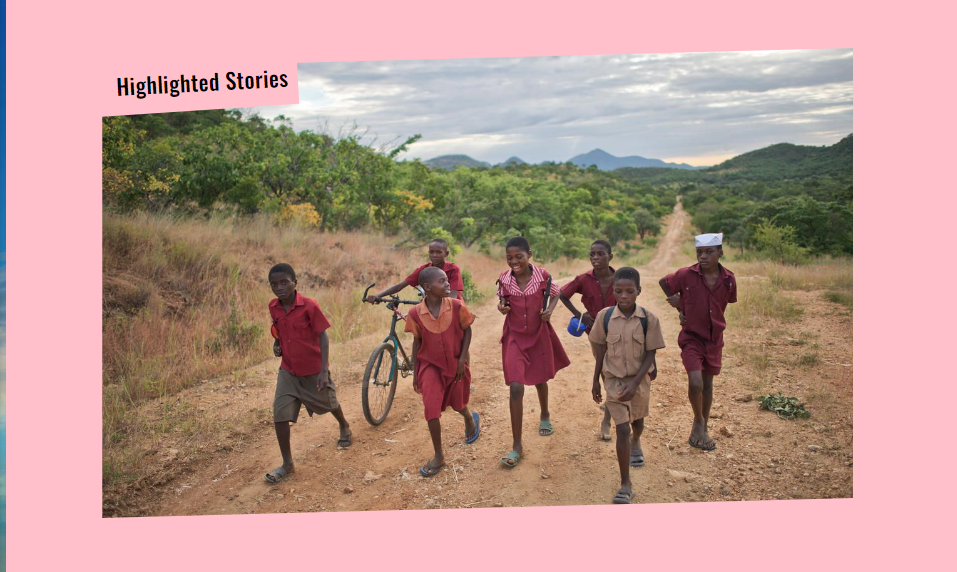Mapping poverty locally with machine learning models
Poverty maps and small area estimates are one way of addressing this challenge. The idea is to combine household survey data with satellite imagery (e.g. night lights), information on public and private infrastructure (road density, location of critical infrastructure, travel time to hospitals, mobile phone towers and connection speed, etc.) and other possibly relevant variables (altitude, vegetation, pollution, etc.). A machine learning model then takes much of the original household survey information (from those surveys where GPS information gives us the approximate location of the household) and tries to identify a relationship between these households and a wide range of possible influencing factors. For example, do poorer children tend to live in areas with less light, have longer journeys to health facilities, or live in areas with less road density? The algorithm then uses these insights to predict poverty at a very granular level. These predictions are then tested against 'ground truth' (often another dataset or an unused part of the original household survey data) to understand how well it predicts actual poverty levels.
Such poverty maps are not new, and small area estimates of monetary poverty or wealth exist in many countries. However, this has not been done for multidimensional child poverty for a large number of countries. This leaves us guessing where the poorest children live.
Limitations and potential of poverty maps
Save the Children has been working with fellows from the University of Warwick's Data Science for Social Good initiative and UNICEF to fill this data gap. A newly developed and innovative machine learning model estimates child poverty across sub-Saharan Africa, following the idea outlined above. The end result is a granular map (in our case hexagons with an average area of 5.16 km²) of the prevalence and depth of child poverty across the region.
Publisher: Save the Children
Publication Year: 2023


